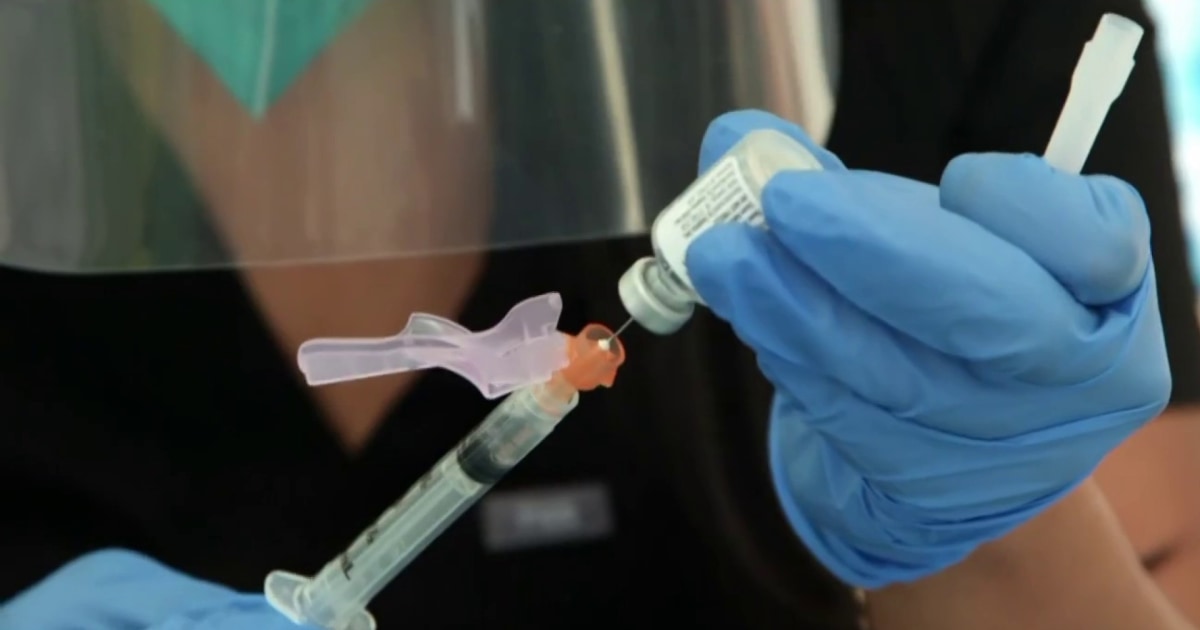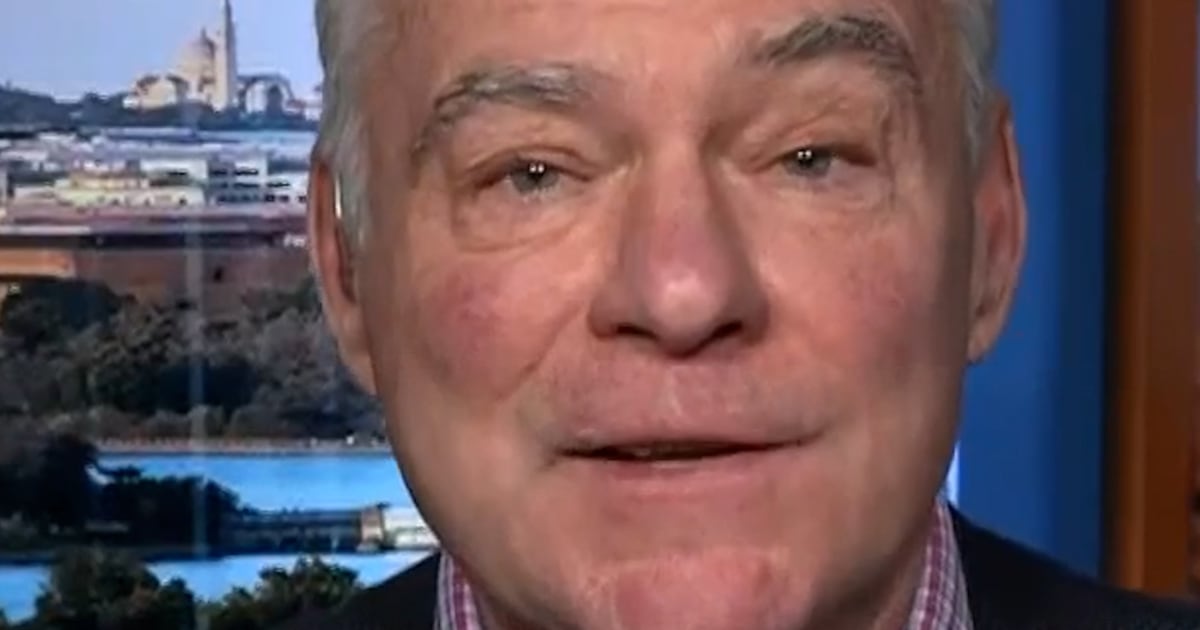The Centers for Disease Control has issued new guidelines on who should receive the Covid-19 vaccine. Experts are warning the changes could limit access and place some populations at greater risk.
Source link
CDC updates guidance on who should receive Covid vaccines




